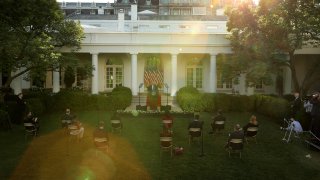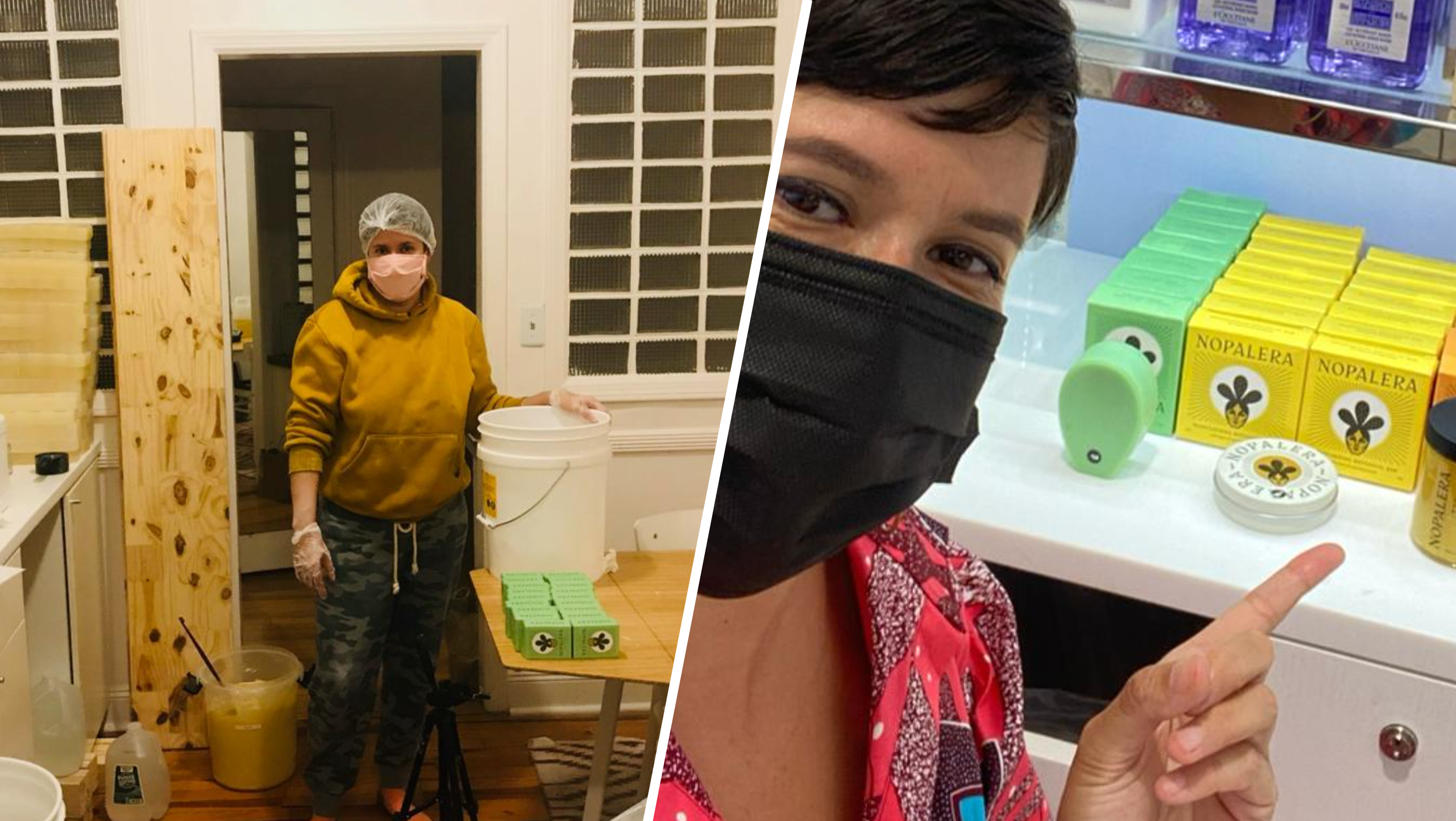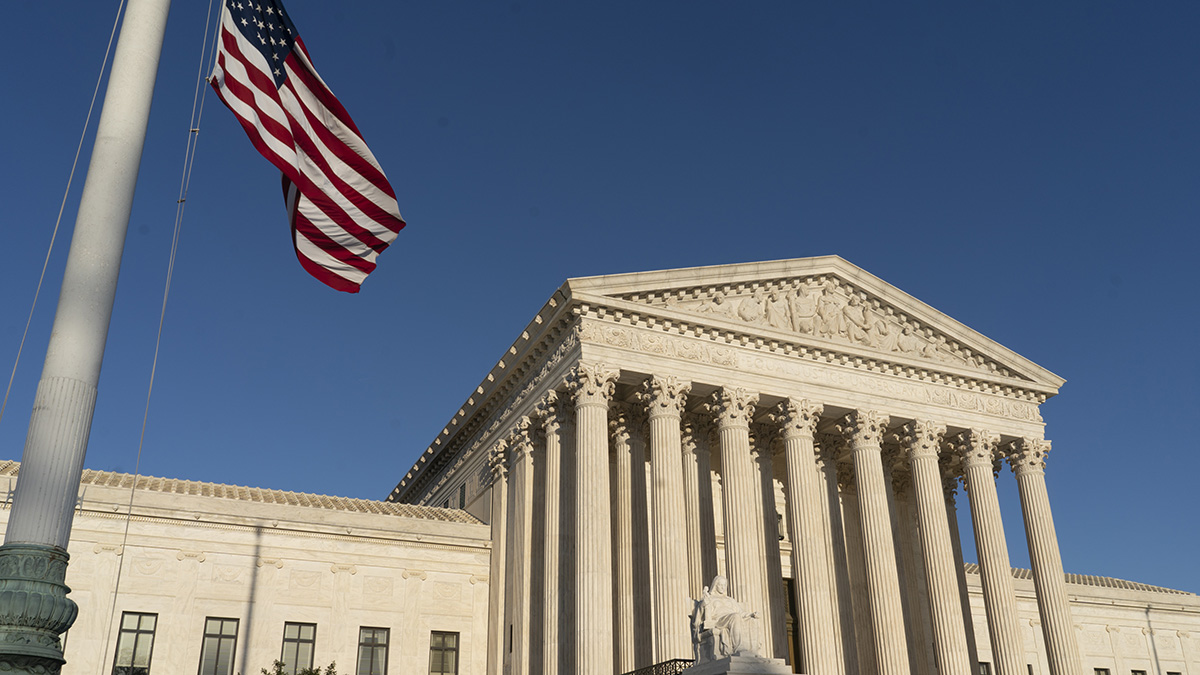
President Donald Trump has made false statements and implications about how three Democratic officials responded to violent protests that followed George Floyd’s death in police custody in Minneapolis:
- Trump said the mayor of Washington, D.C., "wouldn’t let the D.C. Police get involved" during a turbulent protest outside the White House. The Secret Service said the local police were involved.
- Trump urged Philadelphia officials to call in the National Guard to help stop looting — hours after they had already done so.
- Trump said Minneapolis had been too slow to bring in the National Guard, and again got the timeline wrong.
The inaccuracies come as the president has scolded state and local officials, often singling out Democrats, for not being tough enough in dealing with protests. In a conference call June 1, Trump told the nation’s governors they were “weak” and said they needed to act more aggressively in quelling violent behavior.
DC Police Were on the Scene
The president, in a series of tweets May 30, praised the Secret Service for its work protecting the White House as an unruly crowd of more than 1,000 demonstrators gathered outside the White House early that morning. At the same time, Trump charged that Washington, D.C., Mayor Muriel Bowser wouldn’t let the D.C police help protect him.
But the D.C. police were involved in the protection during the tumultuous protest, as this Washington Post article makes clear. "Bowser and D.C. police Chief Peter Newsham said city police had in fact joined with Secret Service and U.S. Park Police on Saturday to control the demonstrators on Pennsylvania Avenue, even supplying the Secret Service with extra protective gear," the article says. The Post also said its reporters covering the protests saw that D.C. Police were there.
And the Secret Service said in a statement about the episode, "The Metropolitan Police Department and the U.S. Park Police were on the scene."
Philadelphia Had Already Asked for National Guard Help
Trump also was off-base on May 31 when he tweeted that Philadelphia officials should call in the National Guard to help deal with widespread looting in the city, suggesting their failure to do so reflected a general weakness in the way Democrats dealt with civil unrest. But the guard had been called in hours before Trump’s 4 p.m. tweet.
The guard was already on the way.
At a noon press conference of city officials that day, Philadelphia Police Chief Danielle Outlaw said, "We have requested support from the Pennsylvania National Guard." At a 6 p.m. press conference, Philadelphia Managing Director Brian Abernathy reiterated that the National Guard was en route and was expected later that night. He said the guard’s role would be to support the local police and act as a "force multiplier."
U.S. & World
National Guard troops began arriving in Center City Philadelphia around 1 a.m. June 1 and were on patrol by dawn.
National Guard Had Already Arrived in Minneapolis
Trump also suggested — falsely — that members of Minnesota’s National Guard didn’t arrive in Minneapolis to assist local and state law enforcement control crowds until the evening of May 30.
"Congratulations to our National Guard for the great job they did immediately upon arriving in Minneapolis, Minnesota, last night," Trump tweeted May 31. "The ANTIFA led anarchists, among others, were shut down quickly. Should have been done by Mayor on first night and there would have been no trouble!"
At least some Minnesota National Guard soldiers and airmen had been deployed to Minneapolis for duty the night of May 28.
Early that day, after a second day of demonstrations in Minneapolis over Floyd’s death became increasingly violent, including looting, fires being set and a fatal shooting, Mayor Jacob Frey officially declared a local emergency and called for the state’s National Guard to be deployed to his city. (Frey’s office told us he actually asked for that help May 27, as the Star-Tribune reported.)
But it was up to Minnesota’s governor, Tim Walz, to authorize the activation of the state’s National Guard, which he did by signing an executive order the afternoon of May 28. (At a roundtable discussion with business executives May 29, Trump left the inaccurate impression that he had called in National Guard troops to Minneapolis, saying "we brought in the National Guard today.")
After Walz signed the order, the Minnesota National Guard tweeted late on May 28 that it had "activated more than 500 soldiers to St. Paul, Minneapolis and surrounding communities."
It’s true that Walz called for a fuller mobilization of the guard’s soldiers and airmen on May 30.
In a tweet late that day, the Minnesota National Guard said, "We now have more than 4,100 — quickly moving toward 10,800 — Minnesota Citizen-Soldiers and Airmen supporting our friends and neighbors in the Twin Cities." That was "a significant increase over the 700 on-duty" as of May 29, the tweet said.
A public affairs official for the guard told us that about 7,000 members had been deployed as of June 1.
Editor’s note: FactCheck.org does not accept advertising. We rely on grants and individual donations from people like you. Please consider a donation. Credit card donations may be made through our “Donate” page. If you prefer to give by check, send to: FactCheck.org, Annenberg Public Policy Center, 202 S. 36th St., Philadelphia, PA 19104.



